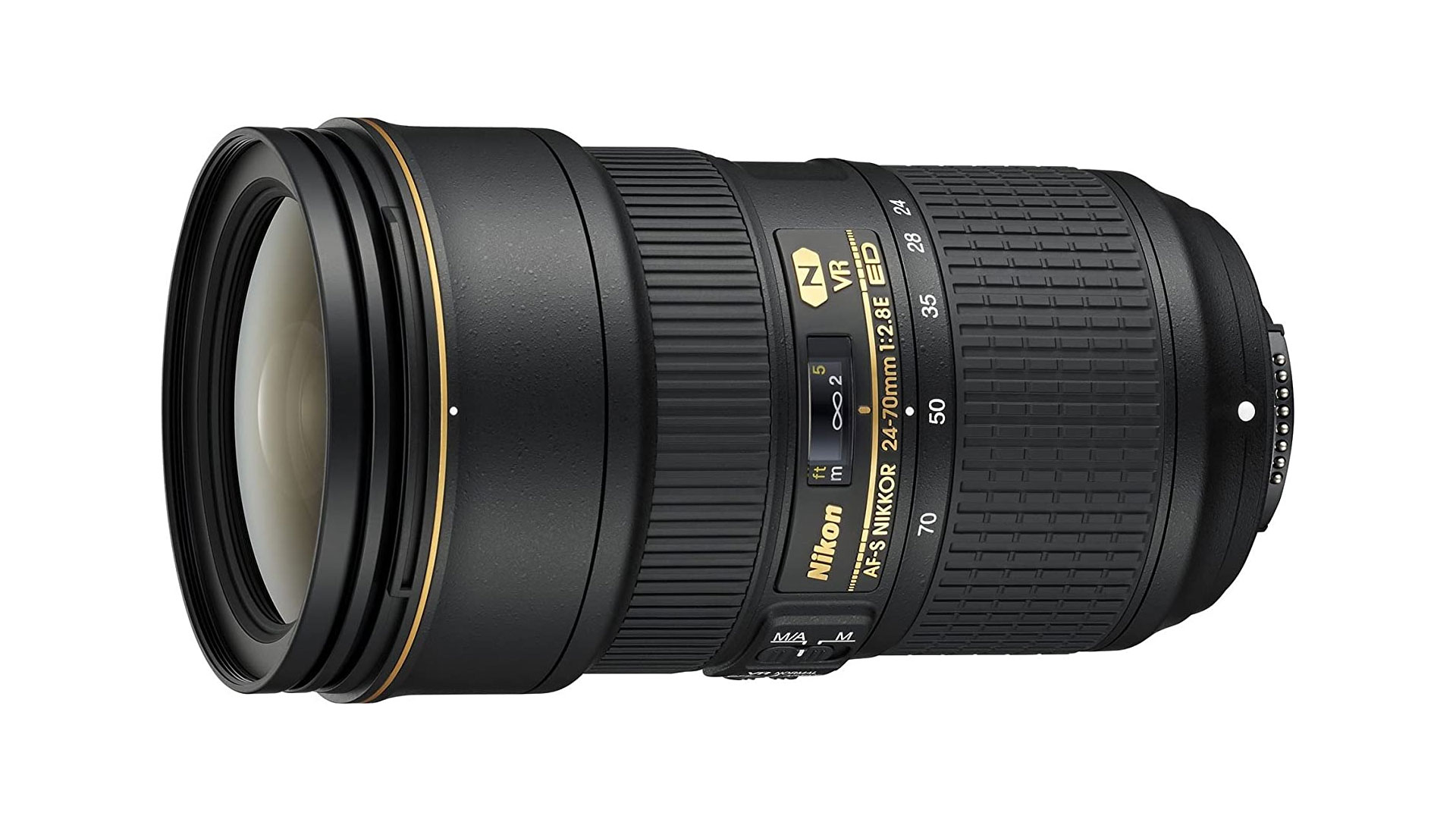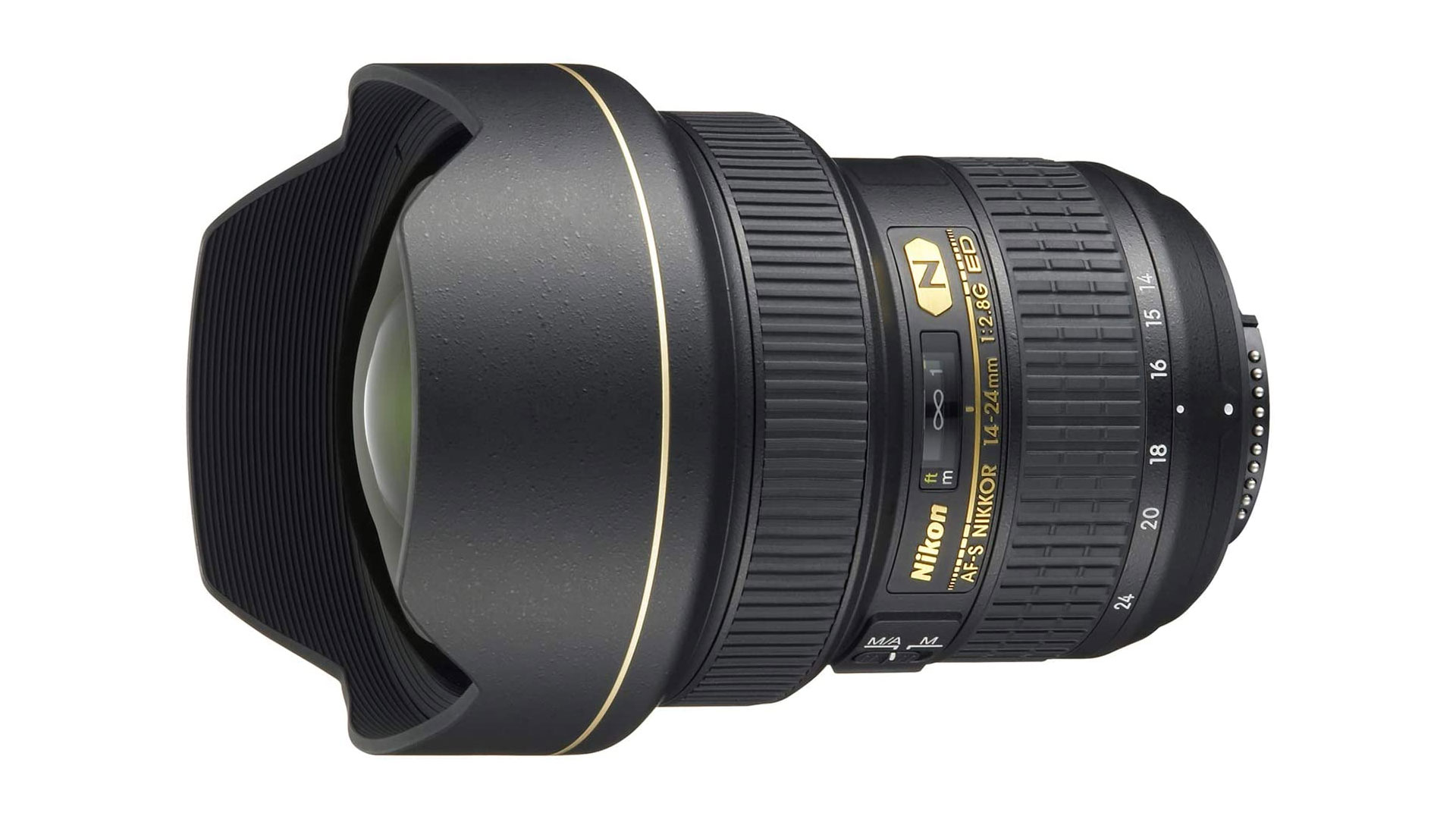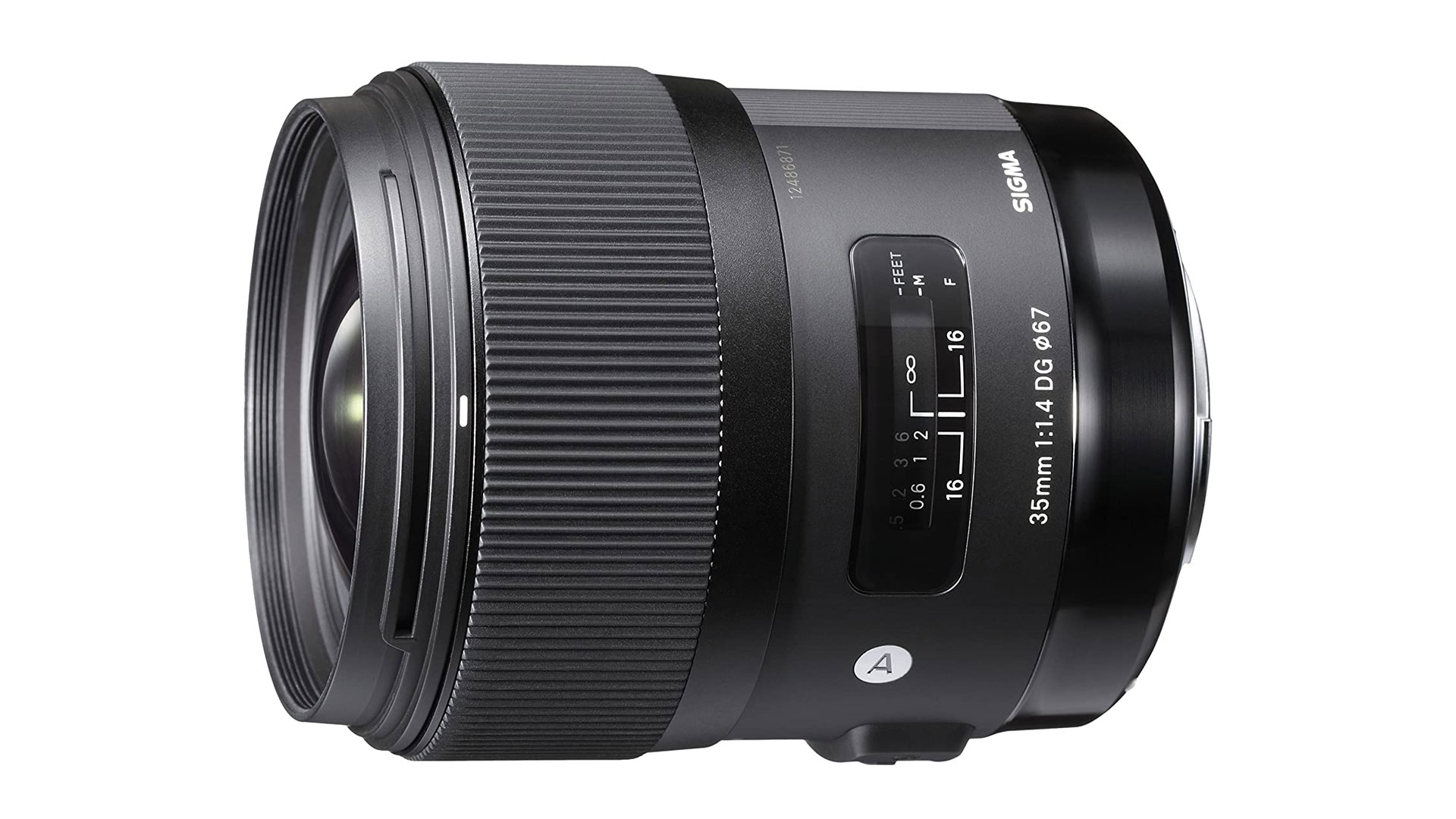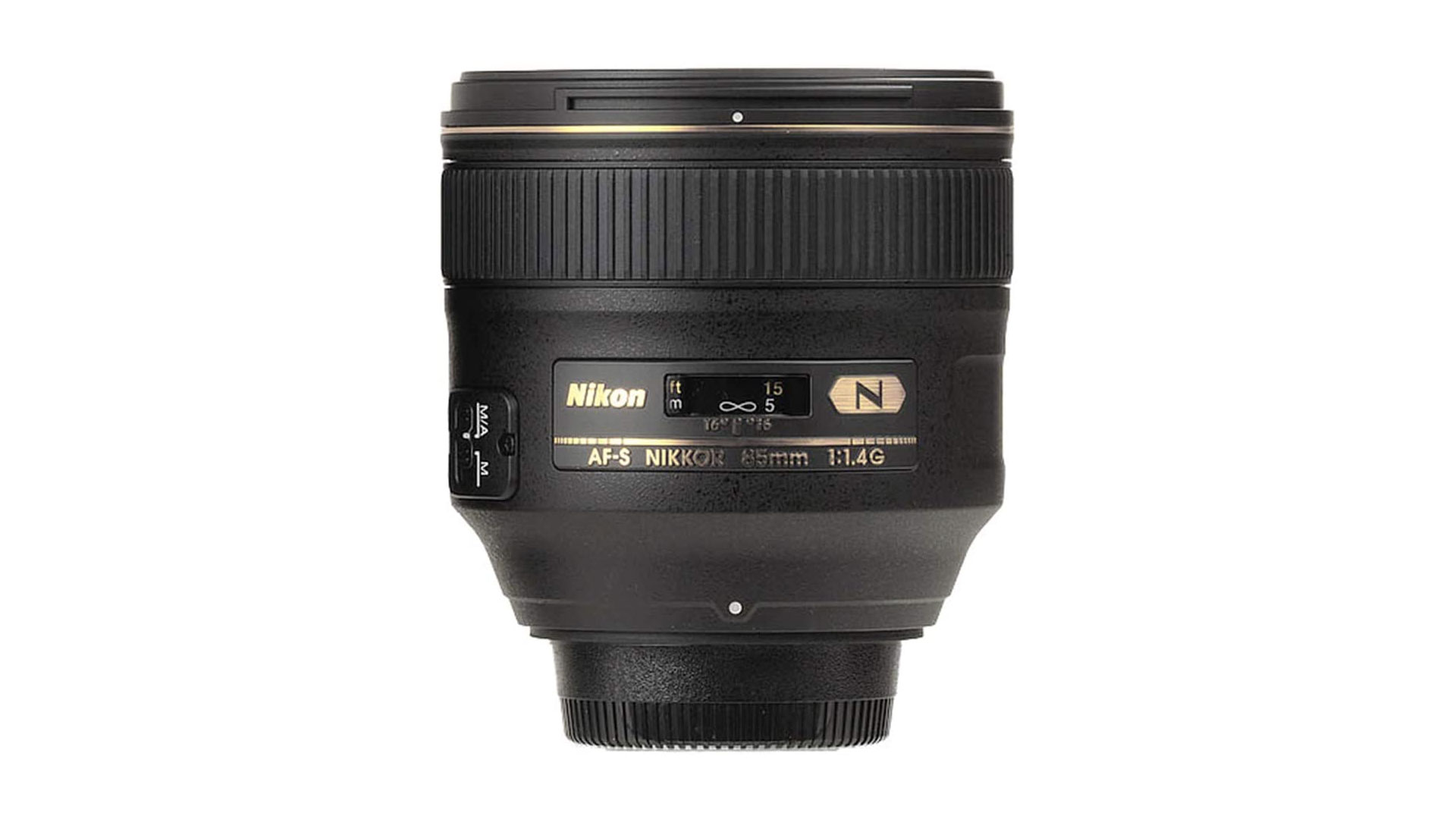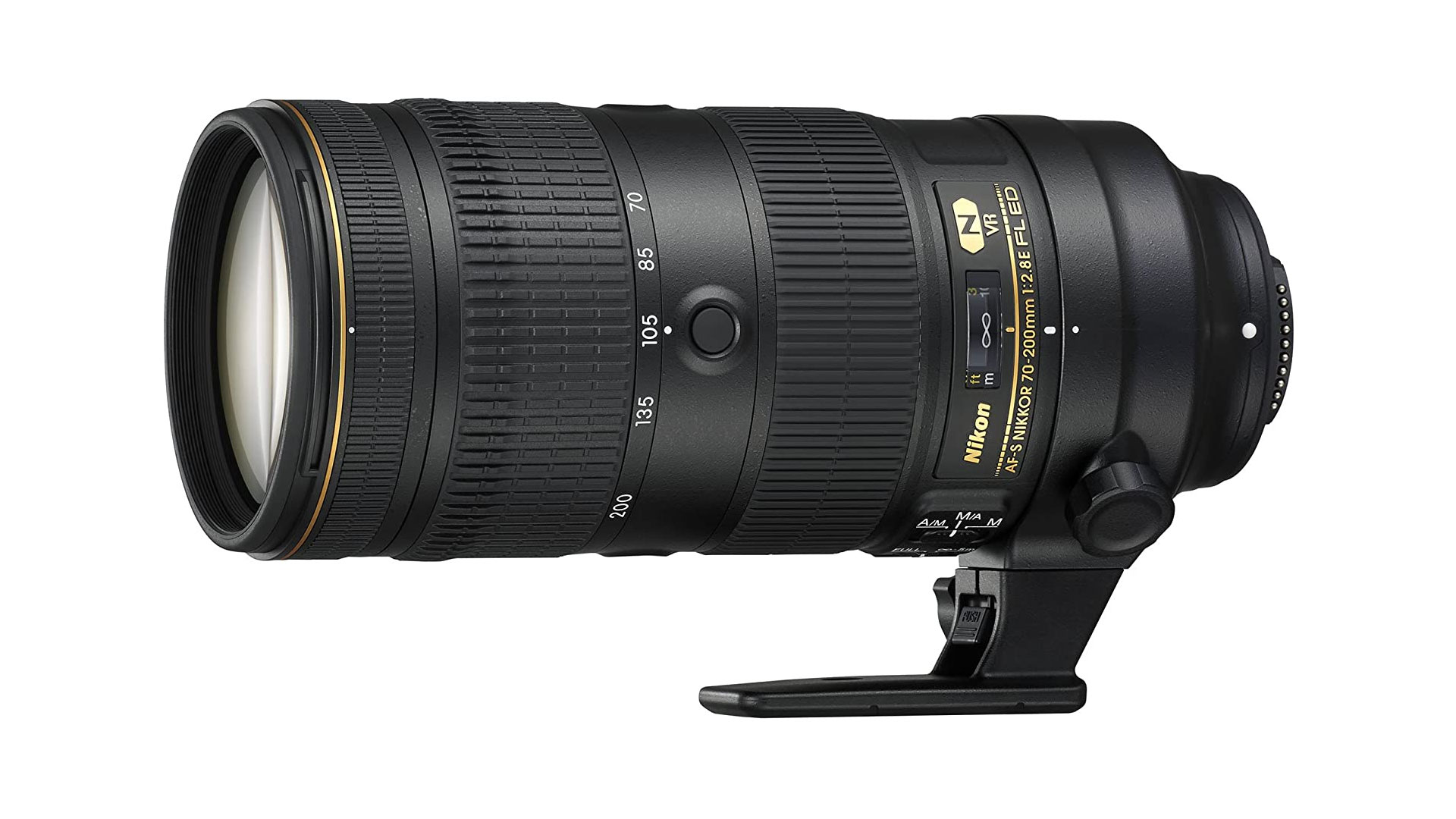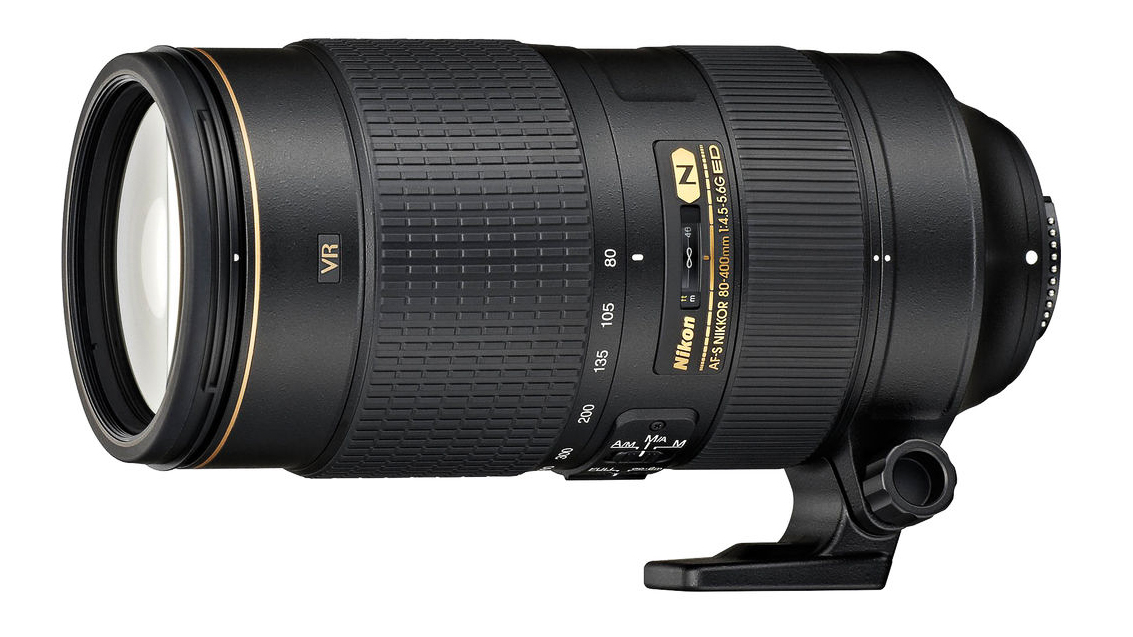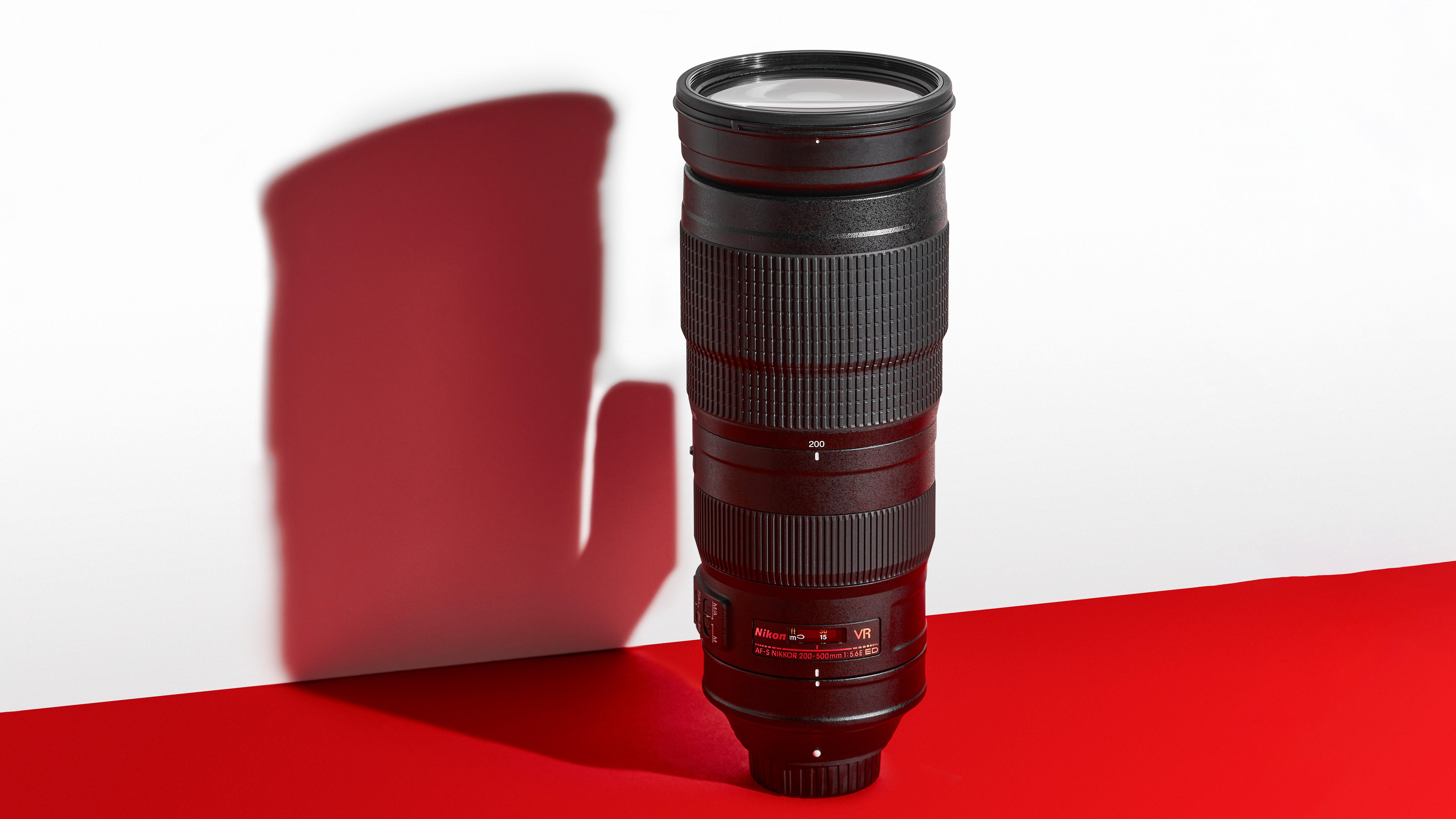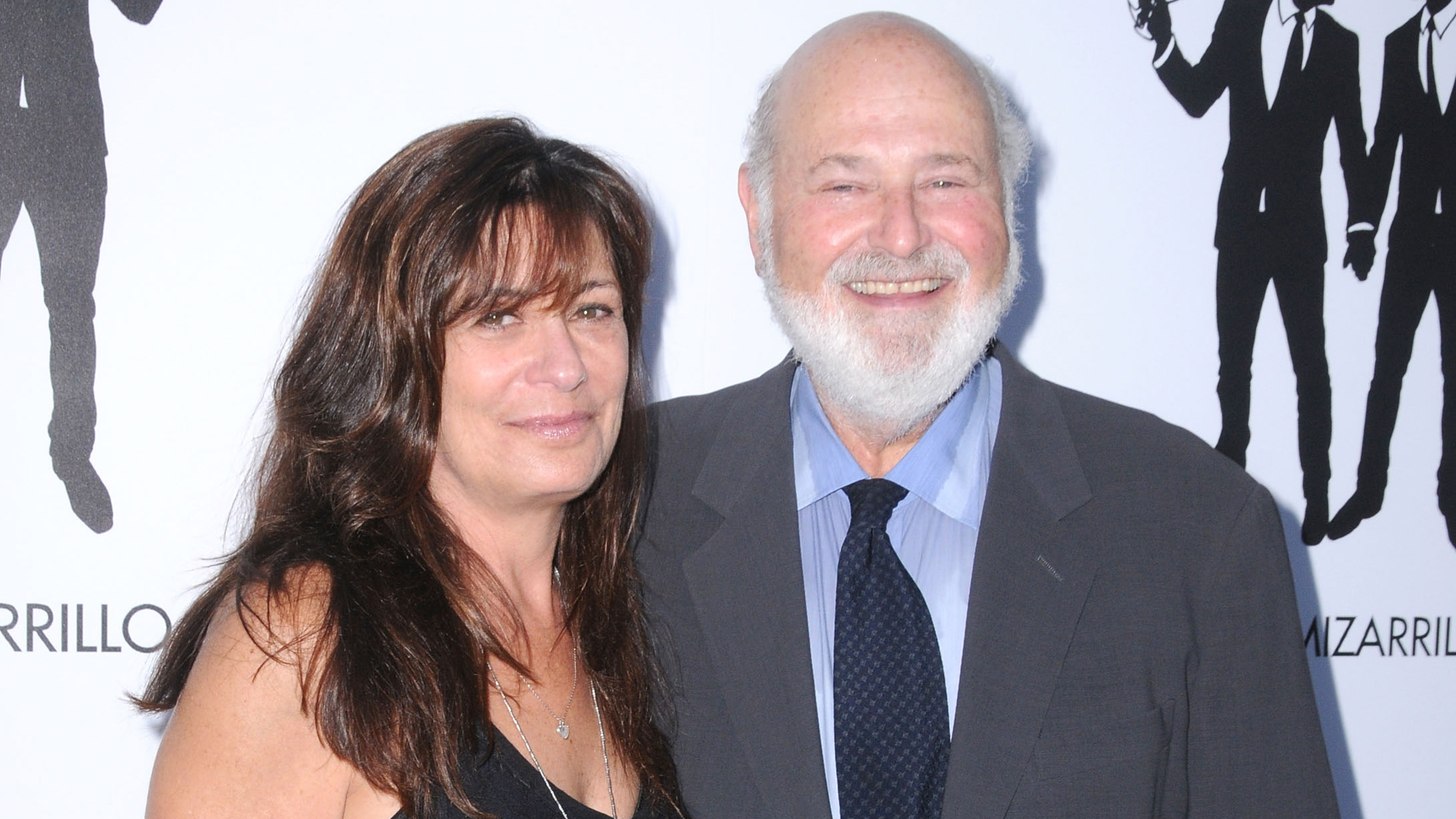The best lenses for the Nikon D800 in 2025: the top lenses for Nikon's much-loved DSLR
These best lenses for the Nikon D800 help you to get the most from an older DSLR camera that's still popular today
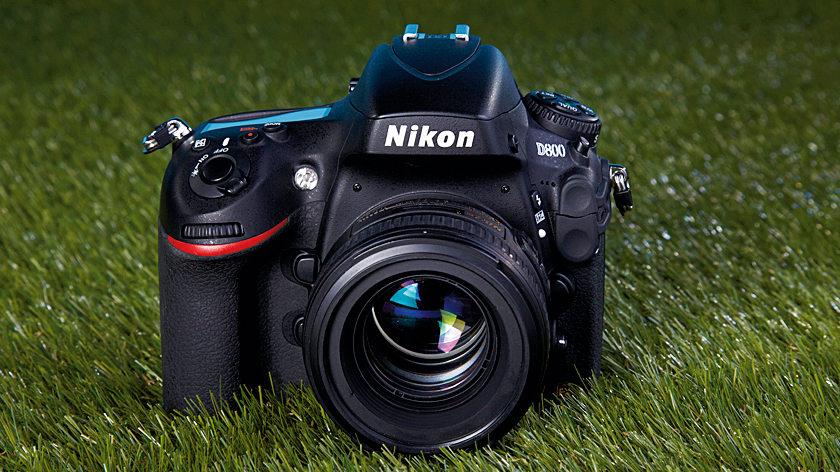
If you still use one, these are best lenses for the Nikon D800, which can help you to get the most from this amazing DSLR. Aimed at serious photography enthusiasts, the Nikon D800 is more than 10 years old, and still a great camera, even today.
Nikon's high-resolution full-frame DSLR first came out in 2012, but it's a camera that has truly stood the test of time, with a 36.3-megapixel sensor that produces stunning images – even if the maximum burst speed of 5fps is poor compared to the best DSLR cameras today.
Almost every F-mount lens on offer is compatible with the Nikon D800, there are a few you should lean toward if you want to achieve ultimate image quality. Nikon’s holy trinity of lenses consists of three f/2.8 zooms that cover focal lengths from 14mm all the way up to 200mm in an attempt to negate the requirement for any other lenses in the kit bag. However, a few key lenses are worthy of being in this top lens roundup, including some fast primes renowned for their optical quality.
Things to look for when choosing a lens for the Nikon D800 include specialized coatings that reduce flare, glare, and ghosting – especially when shooting toward light sources such as the sun.
Speedy autofocus controls along the lens barrel, and sleek lens designs are equally important in the functions of a lens, so that every moment can be captured, in focus. There are a few lenses in this list that perform just as well, if not better, than the most expensive glass you can buy for the D800.

Matthew Richards is a photographer and journalist who has spent years using and reviewing all manner of photo gear. He is Digital Camera World's principal lens tester and a Nikon aficionado, and has personally handpicked all the lenses in this guide as perfect companions to the Nikon D800.
The Quick List
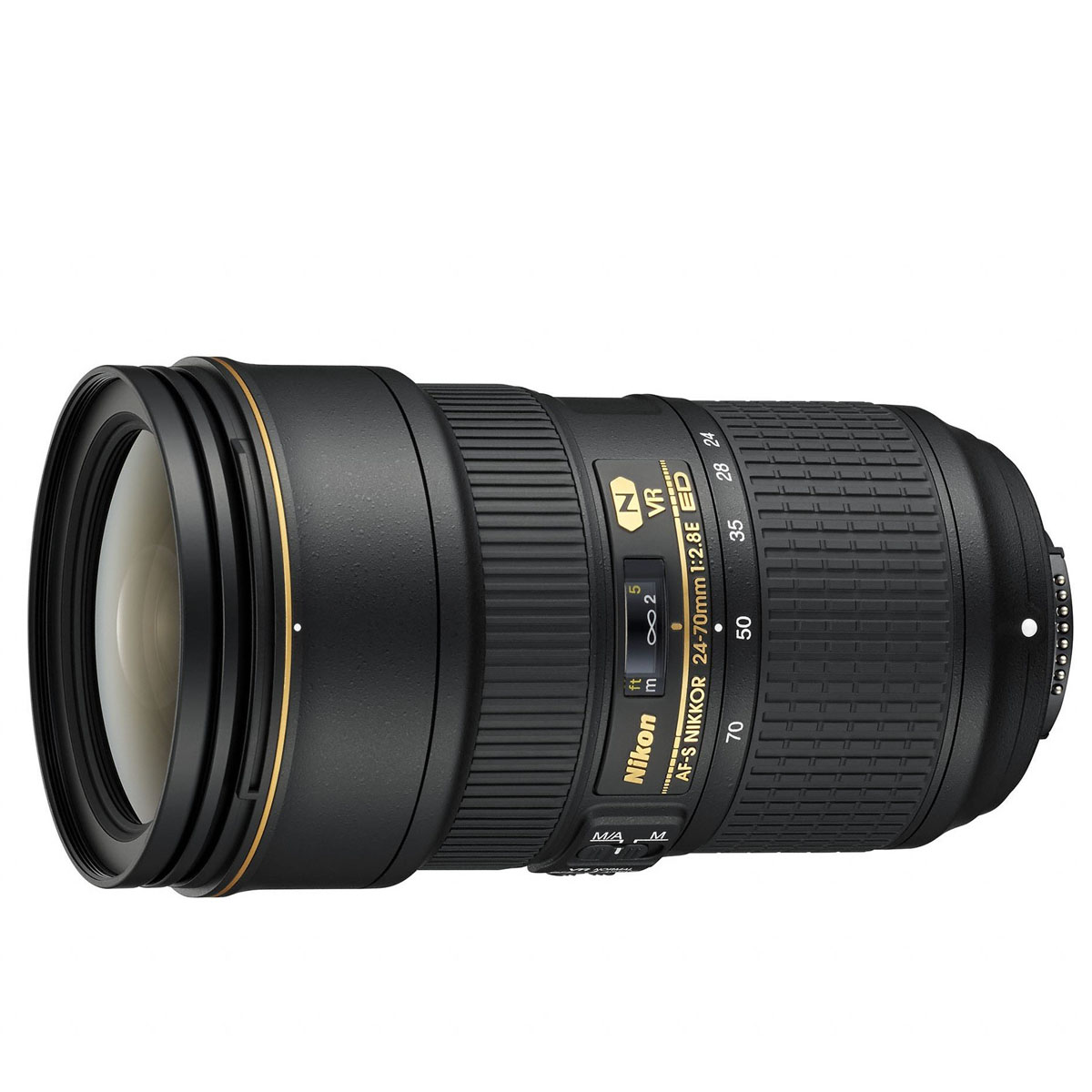
This standard zoom ticks all the boxes for daily shooting versatility, with wonderful sharpness, rapid autofocus and a wide aperture.
Read more below…
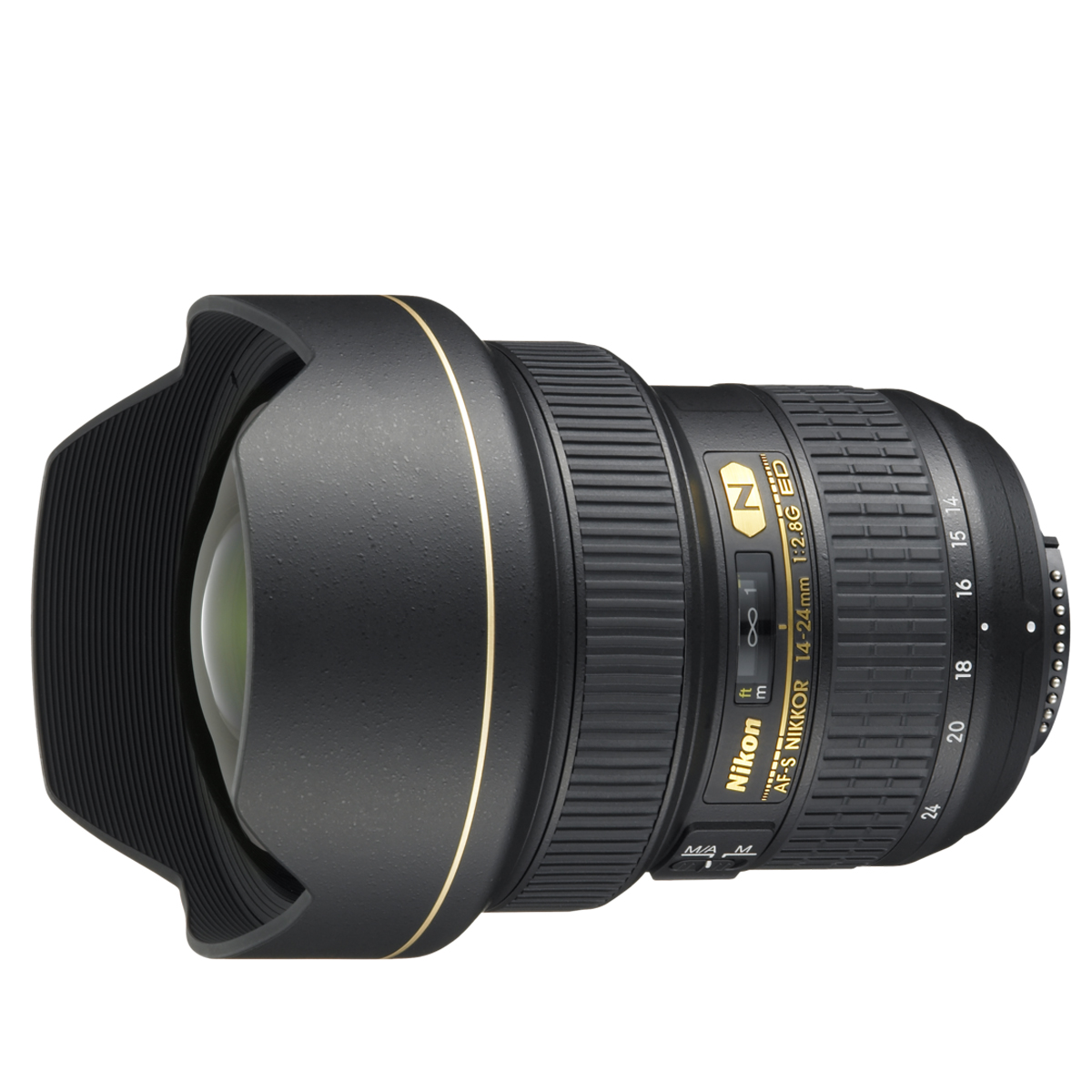
From dawn landscapes to night skies, this zoom can handle all the epicness you can throw at it, with a wide aperture that takes in lots of light.
Read more below…
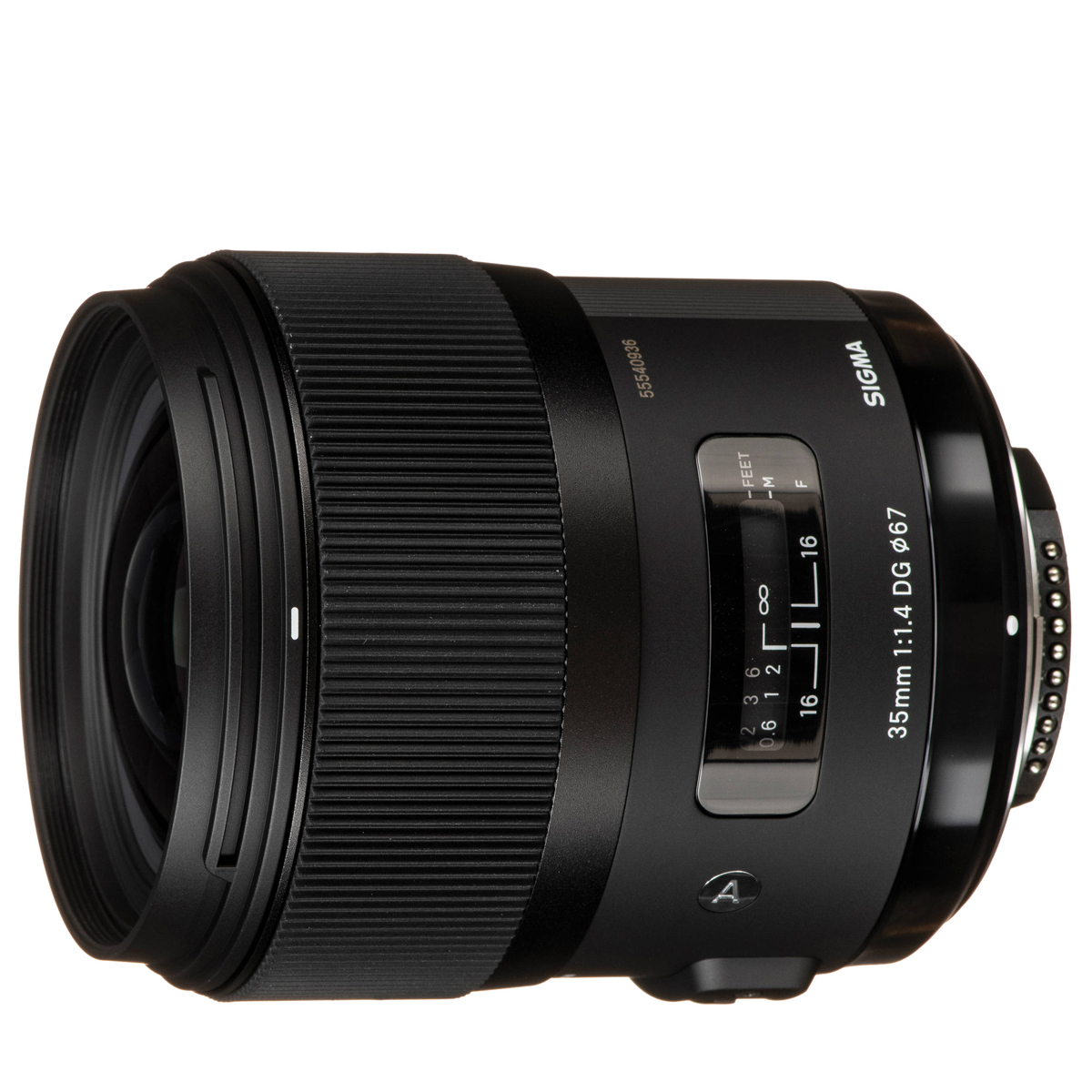
Great engineering means this prime delivers super-sharp detail and dreamy bokeh, at an attractive price compared with its rivals.
Read more below…
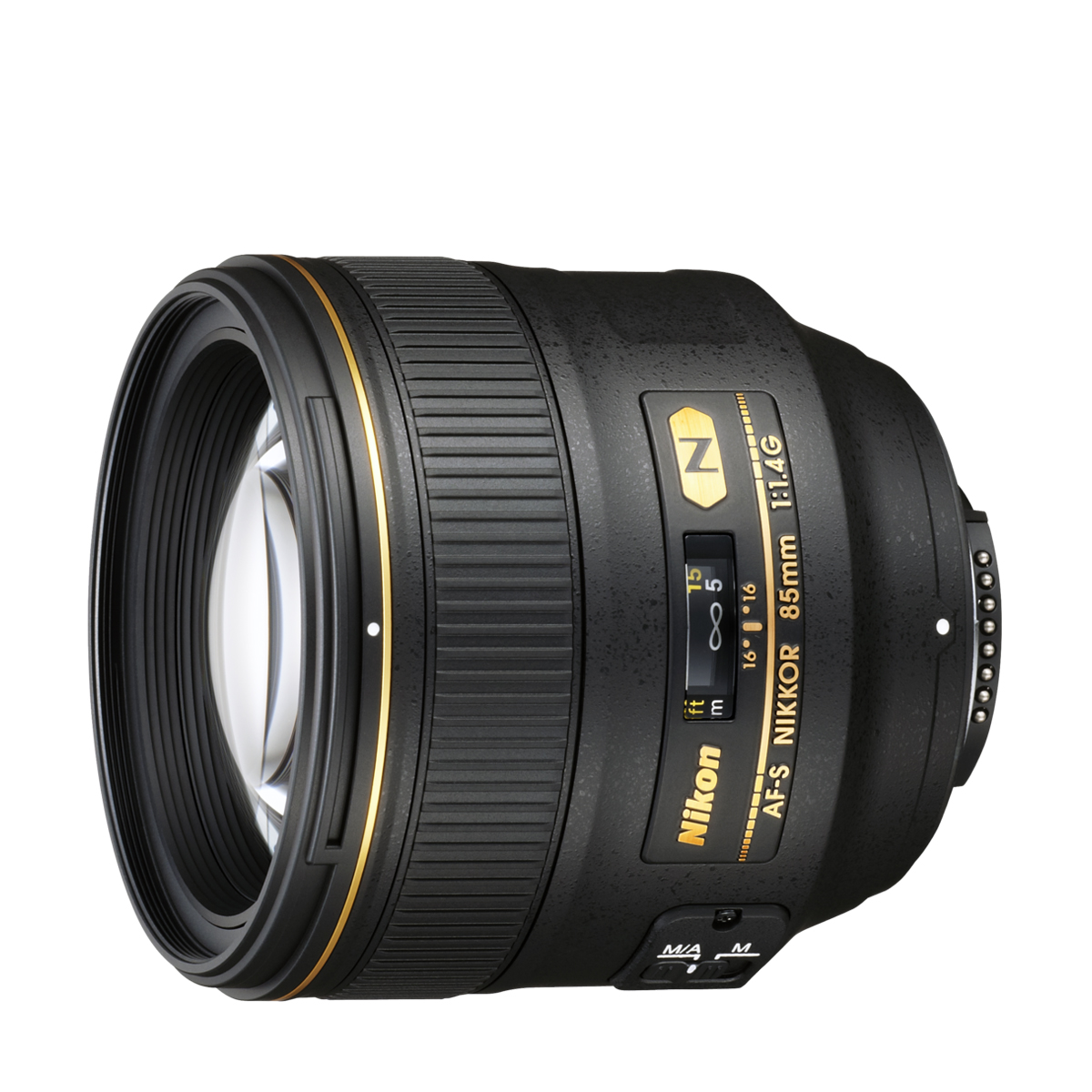
With an exceptional reputation among its owners, this prime lens is capable of depths of field so narrow you really have to focus well.
Read more below…
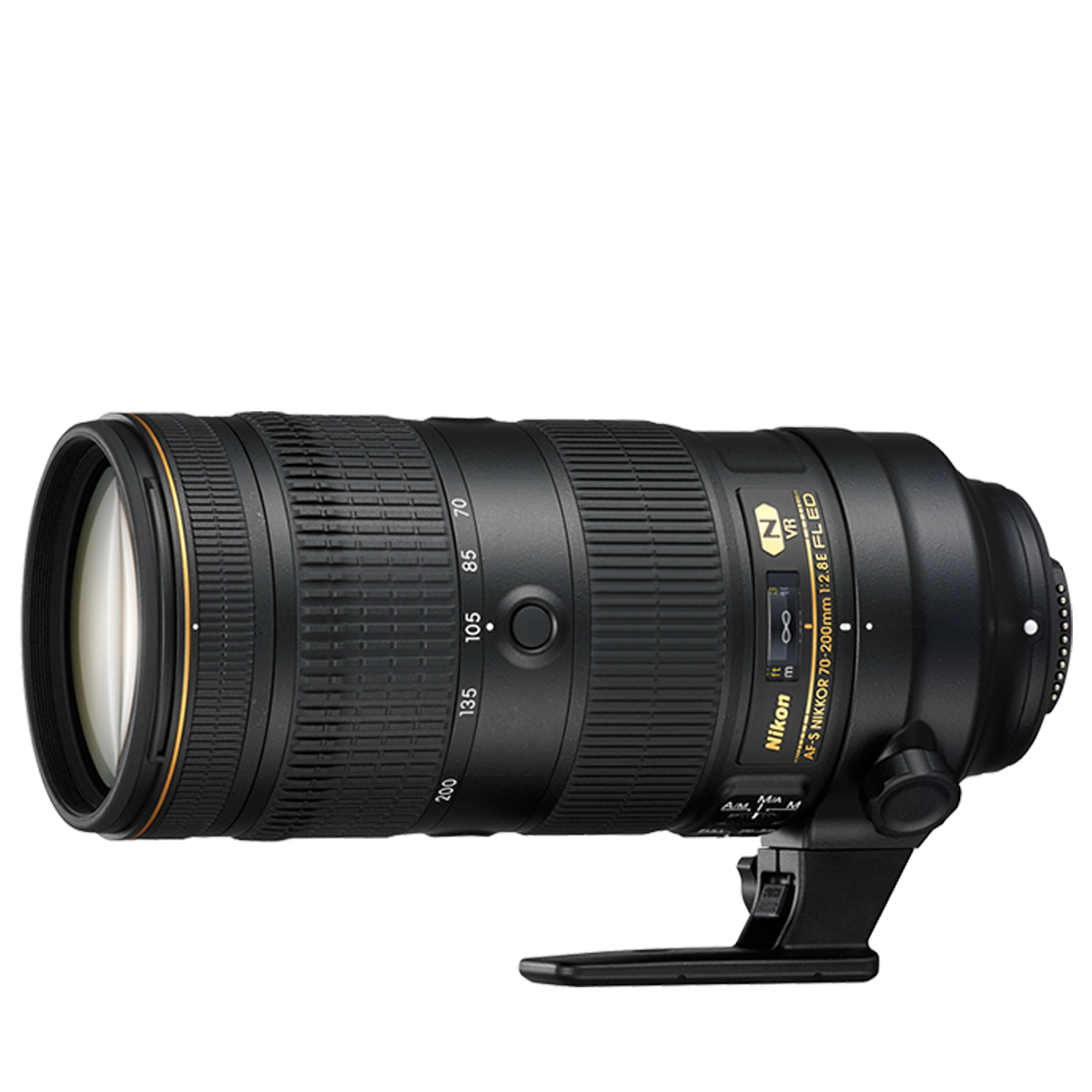
A key lens in many pros’ kit bags, this telephoto zoom gives you plenty of options while you shoot, plus first-class build and handling.
Read more below…
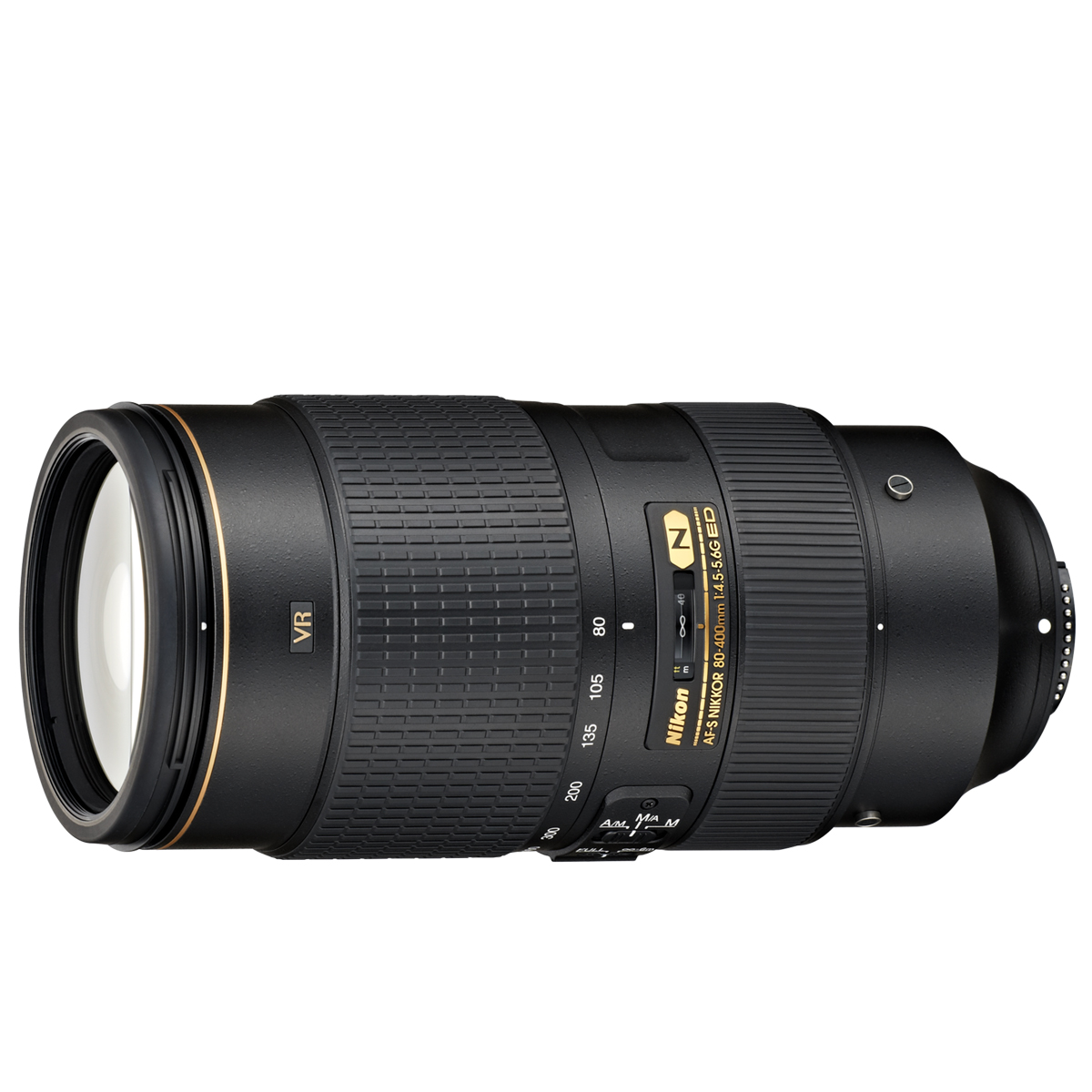
A generous 5x zoom range means you can capture anything from portraits to small creatures without swapping out the lens.
Read more below…
View the full list ⤵

This super-telephoto really covers the distance, making it my ideal choice for sports and wildlife photography, plus air shows and more.
Read more below
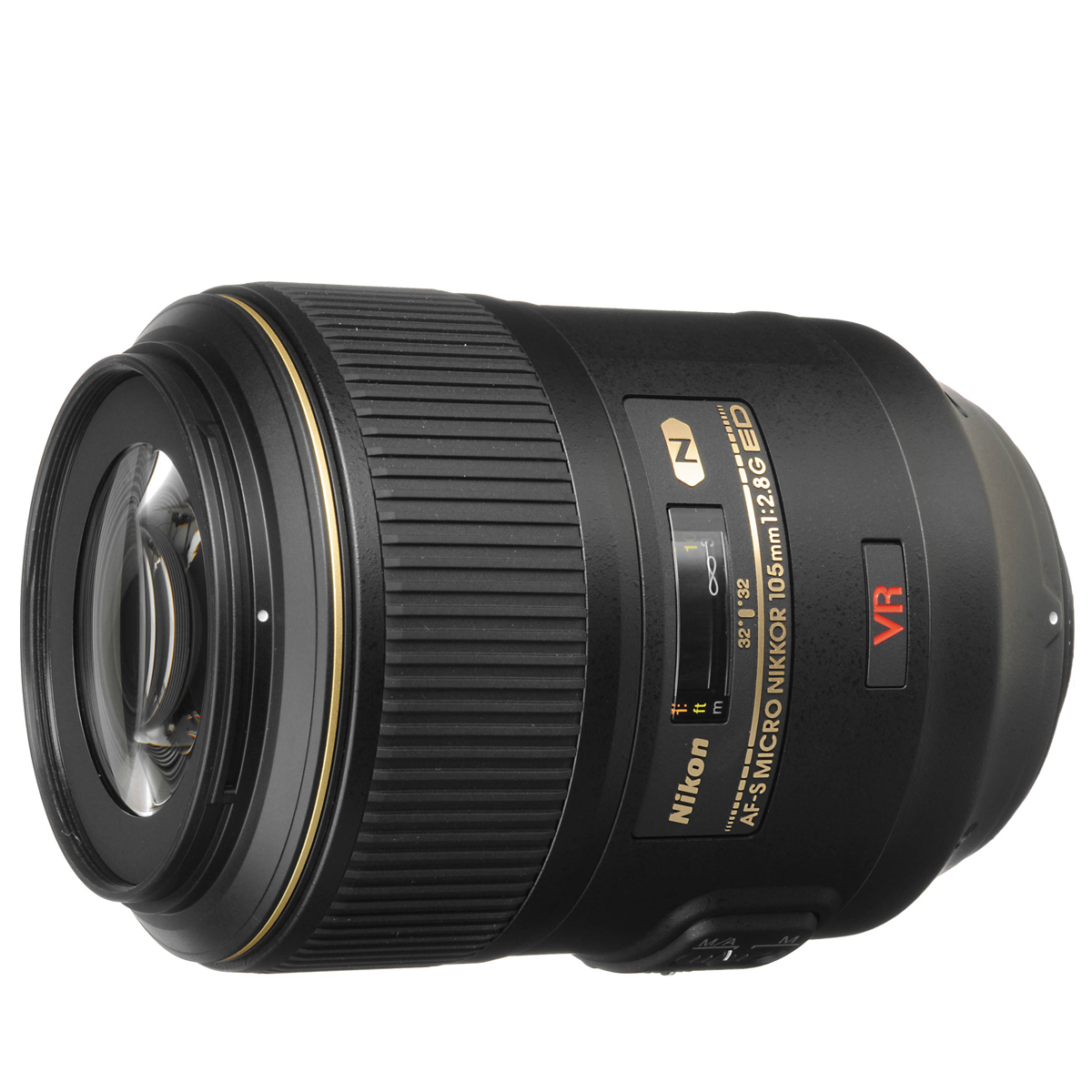
Enjoy lifesize magnification of small subjects with this prime, which also makes a decent fist at portraits and headshots.
Read more below…
Best lenses for the Nikon D800
Why you can trust Digital Camera World
Best everyday lens for the D800
Specifications
Reasons to buy
Reasons to avoid
This zoom has the classic focal length range associated with standard zooms, enabling you to shoot a wide-angle image one moment, then twist the zoom ring to capture a telephoto detail the next. It has a formidable reputation among Nikon professionals, thanks to brilliant edge-to-edge sharpness, super-fast autofocus, and a wide aperture for isolating subjects or handling fading light.
Its drawbacks are that it’s fairly heavy and definitely not cheap, but image quality like this is hard to argue with.
Read more: Nikon AF-S 24-70mm f/2.8E ED VR review
Features ★★★★★ | This latest version includes ASP/ED, AS, ED, and HRI glass, optical stabilization and an electromagnetically controlled aperture diaphragm. |
Design ★★★★★ | Build quality is super-solid and sturdy and although it’s a big lens, it doesn’t extend during zooming. |
Performance ★★★★☆ | It’s good overall but sharpness could be better and distortion and fringing benefit from auto corrections. |
Value ★★★★☆ | The official price is pretty steep but the lens is often discounted, making it better value. |
Best wide-angle lens for the D800
Specifications
Reasons to buy
Reasons to avoid
The focal length range of this wide-angle zoom ends where the 24-70mm begins, making it a strong complement to your daily shooting lens. At its short end, the sweeping field of view makes the lens ideal for epic landscapes or breathtaking night skies, and there is virtually no aberration or distortion, wherever you look in the frame.
One thing to be aware of: the lens’s protuding front element means there’s no front filter attachment. Instead, you need a filter system with an adepter that can go on the back of the lens. That detail aside, this is a sublime lens to own.
Read more: Nikon AF-S 14-24mm f/2.8G ED review
Features ★★★★☆ | Key features include three aspherical and two ED optical elements, plus Nano Crystal Coat. |
Design ★★★★☆ | Typical of ‘trinity’ zoom lenses, this one has pro-grade design and build quality, but the hood isn’t removable. |
Performance ★★★★☆ | All-round performance is pretty convincing but there’s a lot of barrel distortion at the short end and corner-sharpness is mediocre. |
Value ★★★★☆ | It’s pricey to buy but still good value for one of Nikon’s top-range F-mount lenses. |
Best street photography lens for the D800
Specifications
Reasons to buy
Reasons to avoid
Much cheaper than Nikon’s own 35mm f/1.4, this Sigma Art lens is a relative bargain that fully delivers on image quality. The very wide aperture enables you to blur backgrounds with ease, even though the short focal length naturally tends to increase the depth of field. It also captures exceptional sharpness across the frame and throughout the aperture range, with barely noticeable distortion. It’s an immaculate piece of engineering.
Read more: Sigma 35mm f/1.4 DG HSM Art review
Features ★★★★★ | A proper old-school DSLR lens, it features ring-type ultrasonic autofocus, complete with a focus distance scale under a viewing panel. |
Design ★★★★★ | The optical design includes four SLD elements and one top-grade FLD element, and the lens is compatible with Sigma’s optional USB Dock. |
Performance ★★★★★ | Sharpness is exceptional across the entire image frame, while color fringing and distortion are minimal. |
Value ★★★★☆ | For a 35mm f/1.4 lens of this quality and performance, it’s very good value for money. |
Best portrait lens for the D800
Specifications
Reasons to buy
Reasons to avoid
Regarded by many of its owners as the best portrait lens, this prime provides a rapid autofocus system and superb levels of detail. The pairing of a longer focal length and its very wide aperture make the depth almost too narrow for comfort when you shoot wide-open: you need to be careful to keep the leading eye in focus. But once you get the hang of it, this lens on the D800 is capable of gorgeous shots.
Read more: Nikon AF-S 85mm f/1.4G review
Features ★★★★★ | Fast ring-type autofocus with full-time manual override and a focus distance scale is coupled to high-end optics and Nano coatings. |
Design ★★★★★ | It’s refreshingly compact and lightweight for such a fast f/1.4 prime. |
Performance ★★★★☆ | It’s not overly sharp wide-open at f/1.4 but bokeh is beautifully smooth, making it a great portrait lens. |
Value ★★★★☆ | It’s massively pricier than the AF-S 85mm f/1.8 but that’s only to be expected. |
Best telephoto lens for the D800
Specifications
Reasons to buy
Reasons to avoid
You’ve got your standard zoom and invested in a wide-angle lens: this is the third component in a shooting setup that covers all the bases. The 70-200mm f/2.8 is a classic choice for portraits, concerts, sports and even wildlife – and this is a great example of the breed.
Its wide aperture is ideal for isolating your subject from the background, and four stops of Vibration Reduction help to retain sharpness if you’re shooting handheld. The build is also first-rate, with weather sealing and plenty of controls along the barrel.
Read more: Nikon AF-S 70-200mm f/2.8E FL ED VR review
Features ★★★★★ | Top-class features include 6 ED elements, fluorite and HRI elements, super-fast autofocus, optical VR and an electromagnetic aperture diaphragm. |
Design ★★★★★ | The design is top-end pro-grade, with all the handling extras you could wish for plus a really robust magnesium alloy build. |
Performance ★★★★★ | It’s the latest and greatest of Nikon’s 70-200mm f/2.8 F-mount lenses with performance to satisfy demanding professionals. |
Value ★★★★☆ | The list price is pretty steep but discounted offers are often available, making it better value. |
Best superzoom lens for the D800
Specifications
Reasons to buy
Reasons to avoid
With a convenient 5x zoom range, this lens can handle everything from portraits at the short end to close-ups on wildlife at the long end, but without the bulk you get from some telephotos. The cost of all that reach is a relatively limited maximum aperture, which narrows further as you zoom in. But in my tests, I was nonetheless impressed by the quality of the images it produced.
Read more: Nikon AF-S 80-400mm f/4.5-5.6G ED VR review
Features ★★★★★ | Fast autofocus and highly effective VR are the main feature upsides, compared with the older ‘AF’ version of the lens. |
Design ★★★★★ | The high-end design packs a strong and sturdy construction into a reasonably compact and manageable package. |
Performance ★★★★★ | Sharp image quality make this a great lens for action, sports and wildlife photography. |
Value ★★★★★ | The typical selling price has dropped to about the same as that of the AF-S 200-500mm, making it great value. |
Best super-telephoto lens for the D800
Specifications
Reasons to buy
Reasons to avoid
Compared with the older Nikkor AF-S 80-400mm f/4.5-5.6G ED VR, this newer 200-500mm zoom gives even greater reach, is more affordable and packs in smart additional features.
These include a constant-aperture design, and an electromagnetically controlled diaphragm that ensures greater exposure consistency in rapid-fire shooting. Uprated VR (Vibration Reduction) is good for 4.5 stops and adds a ‘Sport’ mode for improved stability while tracking moving subjects.
In testing, it showed good levels of sharpness remain impressively consistent throughout the entire zoom range, and overall image quality is of a high standard. Autofocus and stabilization systems work quickly and effectively. The maximum focal length falls a little short compared with Nikon-mount Sigma and Tamron 150-600mm zooms, but performance levels are very good.
Read more: Nikon AF-S 200-500mm f/5.6E ED VR review
Features ★★★★★ | There’s fast autofocus, 4.5-stop dual-mode stabilization and, unusually for a super-telephoto zoom, a constant aperture rating. |
Design ★★★★☆ | Handling is excellent and the lens isn’t overly heavy for its type. It’s also very nicely built but not fully weather-sealed. |
Performance ★★★★★ | Performance is excellent in all respects, from autofocus and stabilization to image quality, throughout the whole zoom range. |
Value ★★★★☆ | The Nikon is very good value for money as an own-brand lens, competing with third-party contenders. |
Best macro lens for the D800
Specifications
Reasons to buy
Reasons to avoid
Nikon’s flagship macro lens for full-frame DSLR owners gives you up to 1:1 magnification, where the captured subject on the sensor is lifesize. The ring-type ultrasonic autofocus system is fast and virtually silent, and there are three stops of Vibration Reduction to mitigate against camera shake. I was pleased with the amount of detail the lens captured during my testing, with impressive sharpness from corner to corner. Its 105mm focal length makes it useful for portrait headshots when you’re not shooting close-up.
Read more: Nikon AF-S 105mm f/2.8 G IF ED VR Micro review
Features ★★★★☆ | Switchable autofocus modes and a focus distance scale are on hand and the lens features Super Integrated Coating. |
Design ★★★★☆ | It’s compact and lightweight for a full-frame compatible 85mm lens, yet feels solid and robust. |
Performance ★★★★☆ | Sharpness is impressive apart from in the extreme edges and corners, and bokeh is lusciously smooth. |
Value ★★★★☆ | The lens is very competitively priced for an own-brand Nikon of this quality. |
Lab data and comparisons
The graphs below show the comparative performance of the lenses in this guide, based on our in-house lab tests. All of the lenses in this group perform very well in terms of sharpness, although corner-sharpness is disappointing for the ultra-wide-angle Nikon AF-S 14-24mm f/2.8G ED, which also exhibits heavy barrel distortion at the short end of its zoom range. The Nikon AF-S 70-200mm f/2.8E FL ED VR is particularly sharp for a zoom lens.
Scores for sharpness and color fringing are averaged from data taken across the entire image frame, from the center to the edges and corners, throughout the aperture range. For zoom lenses, the scores are also averaged from data measured at all marked focal lengths, and the same applies to distortion. Bear in mind that these average values don't fully reflect specific areas of performance. For example, a zoom lens might have noticeable barrel and pincushion distortion at its shortest and longest focal lengths respectively, which tends to average out when looking at the data overall. For more detailed graphs of each lens's performance, which give the full picture, check out the graphs in our full standalone lens reviews.
How to choose the best lens for the Nikon D800
Which lenses fit the Nikon D800?
The D800 uses the Nikon F mount and is compatible with all lenses designed for that mount. Nikon’s own F-mount lenses have AF-S or AF-P at the start of their model names.
Some F-mount lenses are designed for use with APS-C format cameras rather than full-frame cameras such as the D800. Nikon lenses that fall into this category have DX as part of their model names. While they physically fit on the D800, these lenses produce a cropped image. None of the lenses in this guide is a DX-format lens.
If you are buying a third-party lens for the D800, always check that it is designed for full-frame (or FX) Nikon cameras like the D800, rather than APS-C (or DX) Nikons.
The D800 is not able to use Z lenses, which are made for use with Nikon’s mirrorless Z cameras. If you upgrade to a Z camera later, you can buy an adapter that allows most F-mount lenses to work with your new camera.
How do I know which lens to get for my D800?
The reason there are so many types of lens in the first place is that different scenes demand different lens designs, particularly when it comes to focal length and aperture rating.
Usually, you will decide what you want to photograph, then get a lens with the focal length that suits the situation. For example, to shoot landscapes you will need a wide-angle lens, while for sports and wildlife you will need a telephoto.
You can watch this video that explains focal length: it helps you work out what kind of lenses you need for different genres of photography.
How we test lenses
The lens experts in our testing lab run a range of tests under controlled conditions, using the Imatest Master testing suite. Photos of test charts are taken across the range of apertures and zooms (where available), then analyzed for sharpness, distortion and chromatic aberrations.
We use Imatest SFR (spatial frequency response) charts and analysis software to plot lens resolution at the centre of the image frame, corners and mid-point distances, across the range of aperture settings and, with zoom lenses, at four different focal lengths.
There's more to it than just the technical side, though! Beyond the lab, our reviewers test lenses in real-world environments – and sometimes on professional shoots! We work with lenses both indoors and outdoors, in studio conditions and in natural light, with as many different subjects as is possible (or appropriate – there's no point testing a landscape lens' ability to shoot a portrait!).
We take into account everything from handling and ease of use to speed of autofocus and the overall quality of the images produced.
Find out more about how we test and review on Digital Camera World
The best camera deals, reviews, product advice, and unmissable photography news, direct to your inbox!
Matthew Richards is a photographer and journalist who has spent years using and reviewing all manner of photo gear. He is Digital Camera World's principal lens reviewer – and has tested more primes and zooms than most people have had hot dinners!
His expertise with equipment doesn’t end there, though. He is also an encyclopedia when it comes to all manner of cameras, camera holsters and bags, flashguns, tripods and heads, printers, papers and inks, and just about anything imaging-related.
In an earlier life he was a broadcast engineer at the BBC, as well as a former editor of PC Guide.
- Adam WaringGuides Editor
